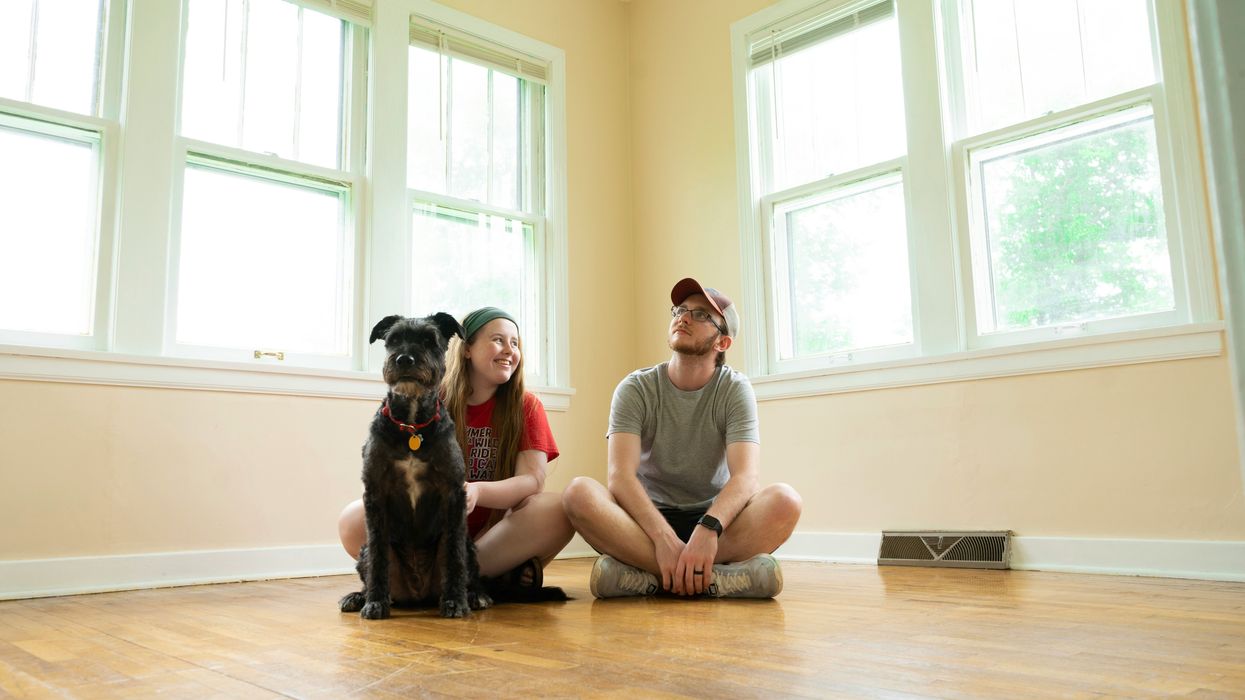Despite stubborn financial hurdles, a new report from Royal LePage shows that many Canadians stuck in rental purgatory are still dreaming of homeownership, with younger-aged renters leading the charge.
For many Canadians, renting is seen as a stepping stone to homeownership: a place to live while saving for a down payment. But with high interest rates and increased home prices — not to mention rising rents — renters are being shut out of the housing market.
“The rental sector is not immune to the significant affordability challenges stemming from Canada’s acute housing shortage,” says Phil Soper, President and Chief Executive Officer at Royal LePage. “High mortgage rates have made it difficult for many to purchase a home, forcing some to move into, or remain longer than planned, in the rental market.”
Still, the data shows that many Canadian renters want, and plan, to own a home.
According to the report, 27% of renters plan to buy a property in the next two years, with that number jumping to 40% for renters aged 18-34 — significant shares given that one-third of Canadians live in rental accommodations. Of those potential future home buyers, 53% plan to use their savings, followed by 46% who plan to use the First Home Savings Account — a tax-free savings account which allows you to save up to $40,000 towards your first home.
On the flip side, 69% of renters are not looking to buy a home in the near future, but for the majority of them (54%), the biggest deterring factor is that they “do not feel their income will be sufficient to afford a property in the area they wish to live.” For those aged 18-34, that number rises to 61%.
The outlook is most dire for renters living in the GTA, the Golden Horseshoe, and the lower mainland of British Columbia, Soper tells STOREYS. “While incomes are higher in those regions than in many parts of the country, they’re not so much higher that they offset the much higher cost of shelter.”
Still, renters are facing housing affordability challenges across the board. “Until we fix the supply problem and until interest rates come down, it’s going to be really challenging for renters to find rental accommodations, and it will also be challenging for the significant number who would like to become owners,” says Soper.
But “don’t lose hope,” he says. According to Soper, there are lots of things policymakers at the federal and provincial levels can do to improve the situation, from working to streamline the building process to encouraging research and development on things like construction using 3D printing and improving prefabricated homes.
“The techniques we use to build homes are very similar to those used 100 years ago,” says Soper. “But there are more cost-effective, faster, and environmentally-friendly ways to build.”
On top of government efforts, Soper points to demographic shifts as harbingers of good things to come, both for those looking to rent in expensive urban centres and for those who dream of owning in the suburbs. “Millennials are the largest demographic cohort and they’re transitioning out of condos and into detached homes in the suburbs as Baby Boomers slowly give up their homes,” he says. “This will result in a freeing-up of city centre accommodations in cities both small and large, and affordability relative to incomes will improve because of this generational migration.”
In the meantime, fingers of renters across the nation remained crossed in anticipation of the next interest rate announcement on July 24.





















